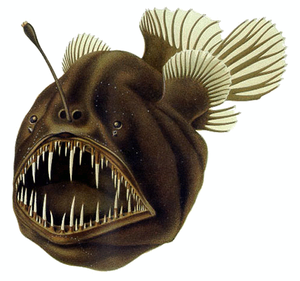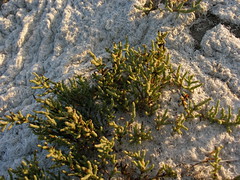In observance of the anniversary of the first transatlantic voyage on May 22, 1933, Congress has set aside this day to recognize those in the maritime industry.
The North American Marine Environmental Protection Agency (NAMEPA) and the North American Maritime Ministry Association (NAMMA) are teaming up for their fourth National Maritime Day celebration next week in D.C.
At the National Press Club on Monday, May 23rd there will be a seminar, “Safety at Sea”, focusing on environmental intelligence in shipping. Later that day will be a National Maritime Day dinner and awards presentation.
This year’s celebration is particularly special now that NAMEPA is over 100 members strong! Click here if you’d like to learn more or are interested in becoming a partner.
Not in D.C.?
For some festivities remotely you will want to check out these virtual exhibits celebrating life at sea from the Smithsonian National Museum of American History. You can get the narrative of an English sea captain from 1680 or hear ‘Away Rio’ a little diddy about an outward-bound chantey filled with sailors facing homesickness and other hardships.
Related articles











What people are saying …